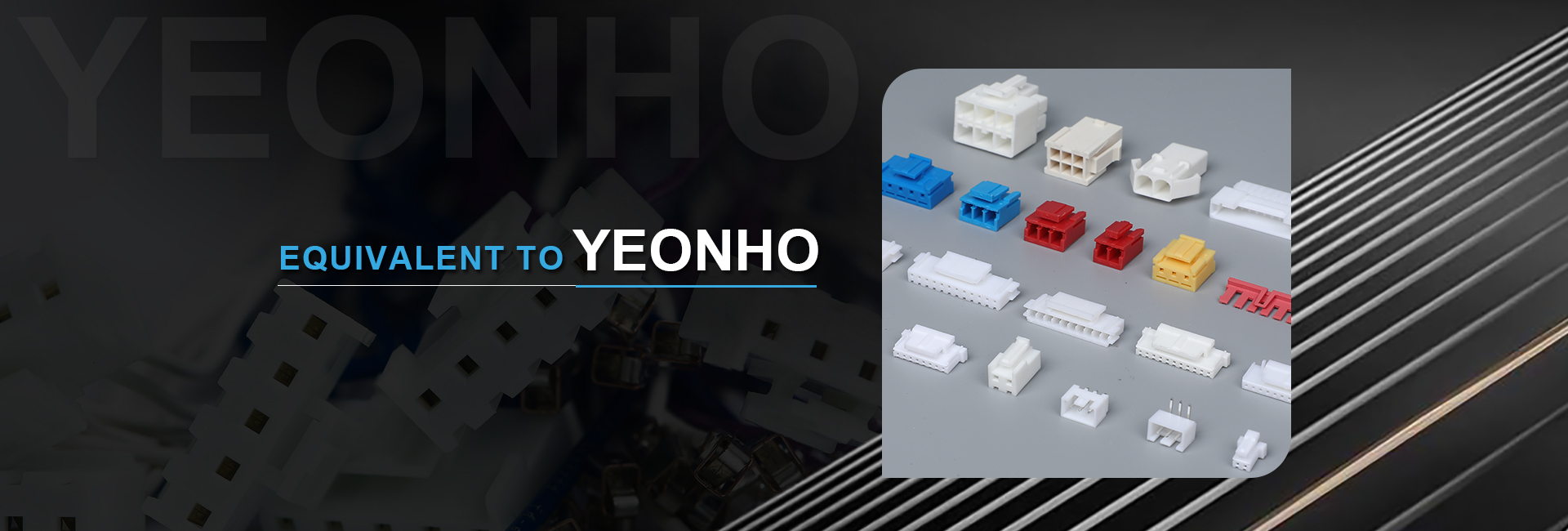Rocker switch, also known as some knowledge points of rocker switch, such as what is the principle of rocker switch, how to wire rocker switch, what is rocker switch, and what needs to be paid attention to. First, we have to remember the rocker switch? It is a household circuit switch hardware product. Rocker switches are used in water dispensers, treadmills, computer speakers, electric vehicles, motorcycles, plasma TVs, coffee pots, plugs, etc., involving commonly used household appliances. What are the components of such a simple rocker switch? ①.Plastic case ②.Plastic buttons ③.Plastic dome shaft ④. Metal terminal (with contact point) 2 or 3 ⑤.Metal rocker (with contact point) There is a hollow column in the plastic button, the plastic dome shaft is just placed, and the dome part of the shaft is pressed in the middle of the metal rocker. The terminal between the metal rocker and the switch is supported by a simple bracket structure; the contacts at one or both ends of the rocker Corresponds to the contact position of the terminal block. When the button is pressed (or left or right), the center shaft will roll along the dome and tilt in the opposite direction, releasing the combined pressure of the center shaft (long) and the plastic shell. When the pressure is relieved , we can hear the touch between the plastic case and the keys due to the fast scrolling of the dome (usually with added lubricant). So what is the working principle of the rocker switch? The working principle of rocker switches is actually similar to that of general key switches. It consists of normally closed contacts and normally open contacts. In a rocker switch, the function of the normally open contact is that when pressure is applied to the normally open contact, the circuit has a connected shape; when this pressure is removed, it is repaired to the final normally closed contact, This is the so-called disconnection. This pressure is a measure of key and open buttons with our hands. Therefore, the working principle of the rocker switch is easy to understand and recognize. After understanding the working principle of rocker switches, let’s take a look at the types of rocker switches. First of all, the single-throw rocker switch is characterized by only one moving contact and one stationary contact, and only one channel. This switch is relatively simple, used more in the past, and is rarely used now. The characteristics of the single-throw rocker switch are similar to that of the single-throw rocker switch. There is only one moving contact, but two static contacts, which can be connected to the static contacts on both sides. The double-pole single-throw rocker switch has two moving contacts and two stationary contacts, so it has one more channel than a single-pole single-throw switch. There’s also the last DPDT rocker switch. It has two moving contacts and four stationary contacts, so it has four channels that can connect the two stationary contacts on both sides. So what are the unipolar rocker switches, bipolar rocker switches, single rocker switches, and double rocker switches that we usually hear? What is the difference between them? ①, the single-pole switch is the rocker switch of the control loop. For example, there is a light in the bathroom, which is controlled by a switch. The easiest way to switch this is a unipolar switch ②, the bipolar switch is a switch of two warped plates, controlling two loops. For example, there is a light in the bathroom, an exhaust fan (same circuit). The easiest way to control a switch with a switch is a bipolar switch ③, the single switch is a single pole switch, in fact, it should be said to be a single pole single switch. ④, double switch is two control switches. For example, stairs can be controlled on the first floor or on the roof. Double switches have to happen in pairs to make sense. The next point of knowledge is about how the rocker switch is wired? To connect four open and four controls, you must open four and one close. The power cord must be one set, one fire and one zero. Four lamps must have 8 head wires. All neutral wires are connected in parallel. The wiring method is as follows. The switch terminals are marked L1, L2L3L4 (different switches have different representations). The holes are the common terminals, the live wire, and the terminals are marked L11.L12. The holes are connected to the lamp line (two holes can be connected to one at will ). The holes marked L21.L22 connect to the head wire of the other light. The remaining two connections are the same as before. Finally, some caveats that need attention in rocker switch applications are introduced. For the soldering of the switch, it is necessary to confirm the conditions at the time of consumption. Due to different standards, the terminals are suitable, deformation and deformation may occur, so be sure to pay attention to this during the application process. For the influence of thermal stress on the rocker switch, it should be fully confirmed before application; in the second welding process, the temperature must be returned to normal after the first welding to terminate the second welding. If the heating is continued, the shape of the rocker switch will be affected, and the terminals will be scattered, resulting in degraded electrical characteristics. The resistive load of the rocker switch is a standard design. Be careful to identify other loads.
Post time: Jul-29-2022



